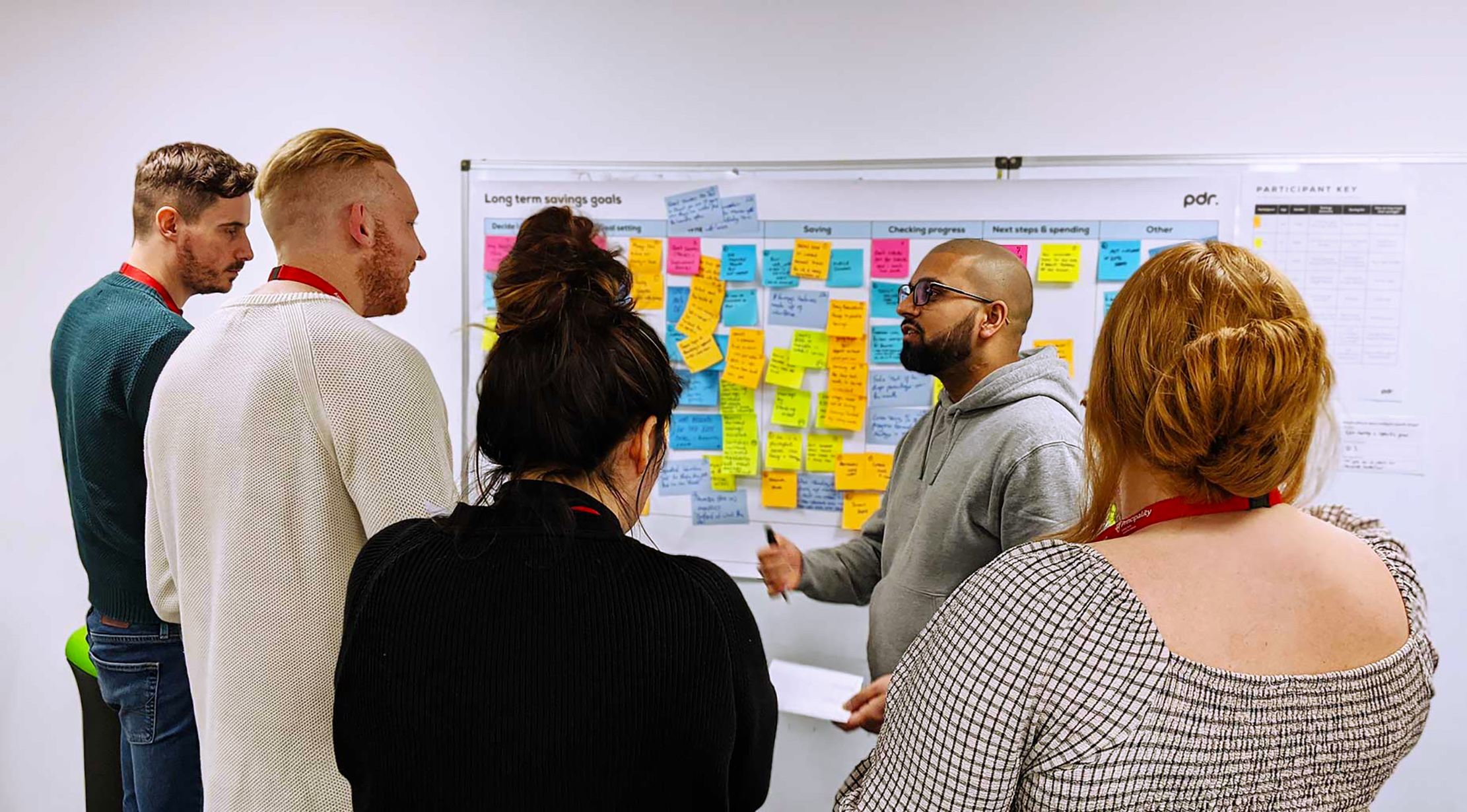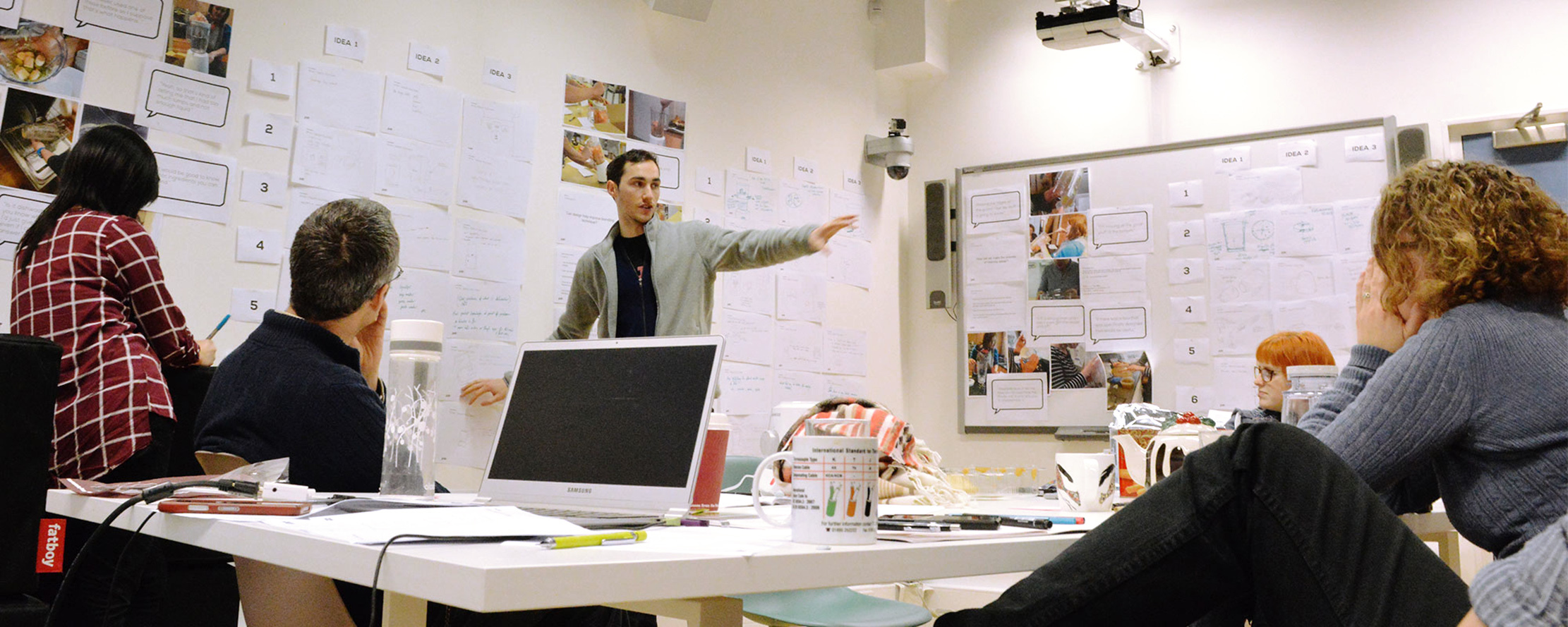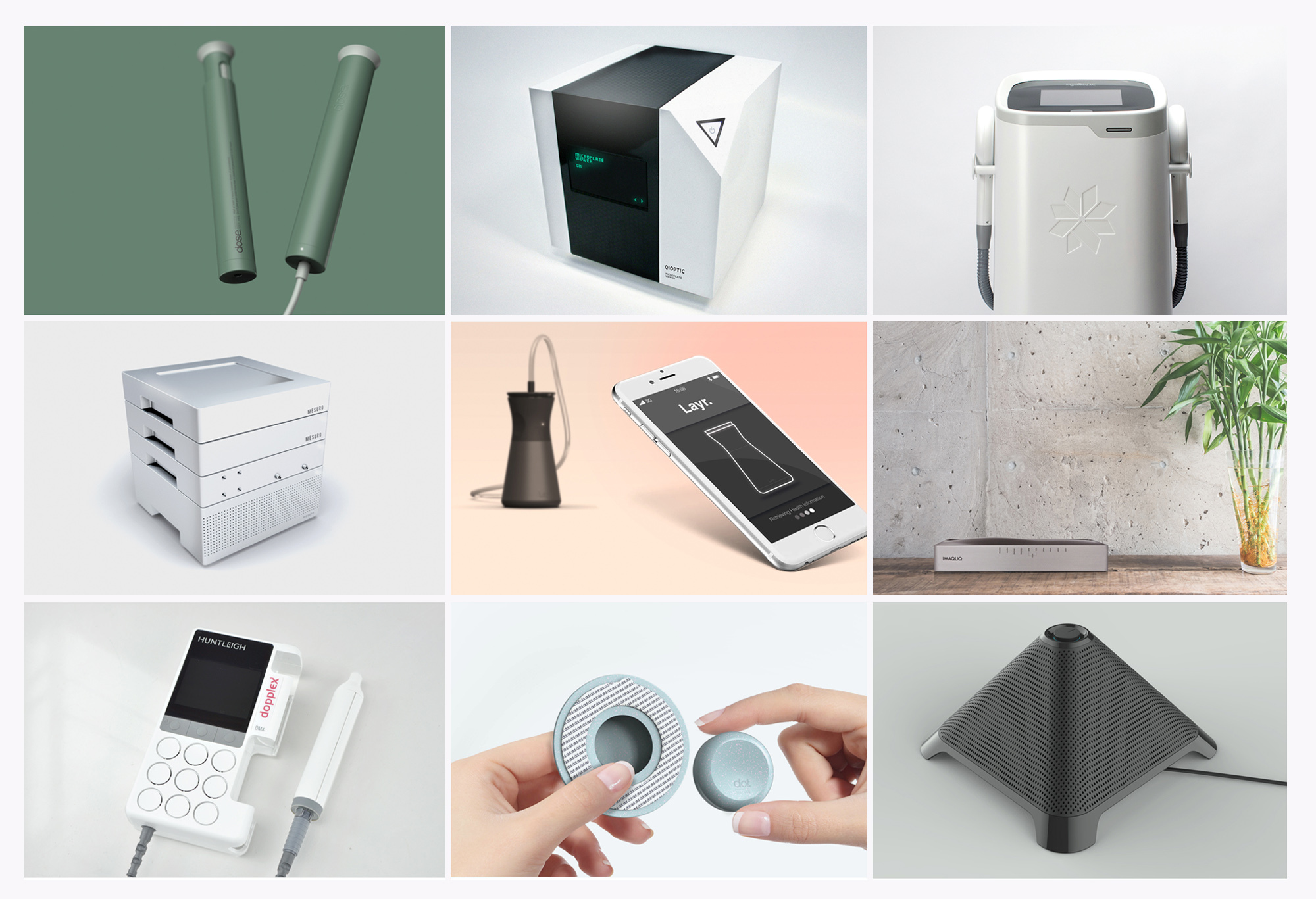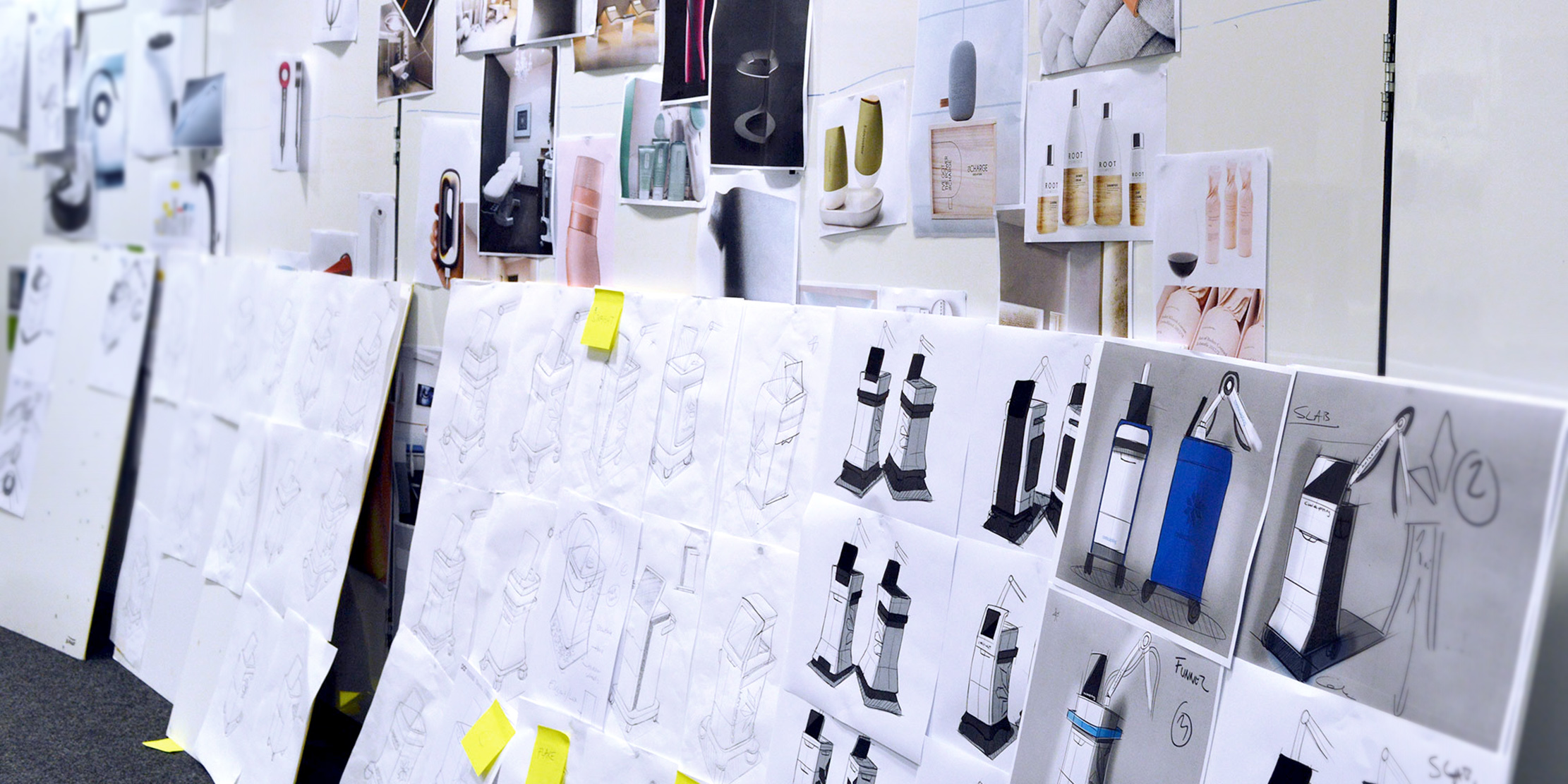Defining Your Next New Product: Why Does It Matter?
PDR
Without a deep understanding of the end user’s experience, a new product can soon become a flop. That’s why Jarred Evans and Alistair Ruff, Managing Director and User-Centred Design Lead at PDR respectively, believe that clearly defining a product is crucial to its success. We asked both of them to discuss the process & explain why they believe every business can benefit from this approach.
What does it mean to define a product?
Many companies gain success with their first product but struggle to continue that success. Alistair explains: "To remain successful, businesses need to identify new opportunities. That could be creating a new product or refining a current range.
"The best way to achieve that is by getting to grips with end users’ challenges. It's not just identifying a problem and developing a solution: it's gaining empathy for the user and understanding how the problem limits them in some way.
“From there, you can begin to design a product or service that resolves it.”

Why is defining a product so important for business?
By carefully considering the end-user's needs, businesses can design products that they're enthusiastic to purchase. Jarred agrees: "Without that initial process in place, you could waste a lot of time and money answering the wrong question.
If businesses don't clearly define their new product or service, they can find themselves with a misdirected concept from the start. That means future iterations will always be flawed. In a worst-case scenario, businesses risk wasting millions designing the wrong product.
Jarred Evans | Managing Director | PDR
Alistair continues: "To avoid that problem, users need to be involved at an early stage in the design process. There are plenty of examples of well-designed products that failed because they didn't meet a genuine need.
"The infamous $400 Juicero juicer springs to mind. It was a beautiful-looking machine that squeezed fruit and veg packets to make juice at home - but the same results could easily be achieved by hand. It wasn't solving a problem for anyone - so it failed.
“An example of an ill-defined and badly designed product was the pool float that looked like a sanitary pad; this really illustrates why you need a diverse range of people in the room to question why that product would be designed that way.
“And we can’t talk about failed designs without mentioning the classic 1991 The Simpsons episode where Homer’s futuristic car design literally sank an entire company. Okay, it’s a cartoon, but it’s still a really good example of what could happen when you design what you think users want, instead of what we know users need.”

How can defining products benefit businesses?
Understanding end-users can have a transformative effect for businesses.
Defining products leads businesses to opportunities they're usually not even aware of. It can help them to expand their offering and change directions to achieve their company's wider business goals.
Alistair Ruff | User Centred Design Lead | PDR
Where does PDR come in?
“A lot of businesses go through the process of defining a product in some form or another," says Jarred, "PDR brings a structure to that process.
“Our almost 30 years of experience, combined with our team’s diverse backgrounds in areas of design and academia, gives businesses confidence that they’re going in the right direction.
"They can navigate the design process, safe in the knowledge that their new product or service is human-centred and aligned to genuine needs.”

What next?
Learn more about how we help businesses define their next new product - discover how we helped Kenwood, Allergan and Principality to do just that.
Ready to discuss an idea? Contact us.

